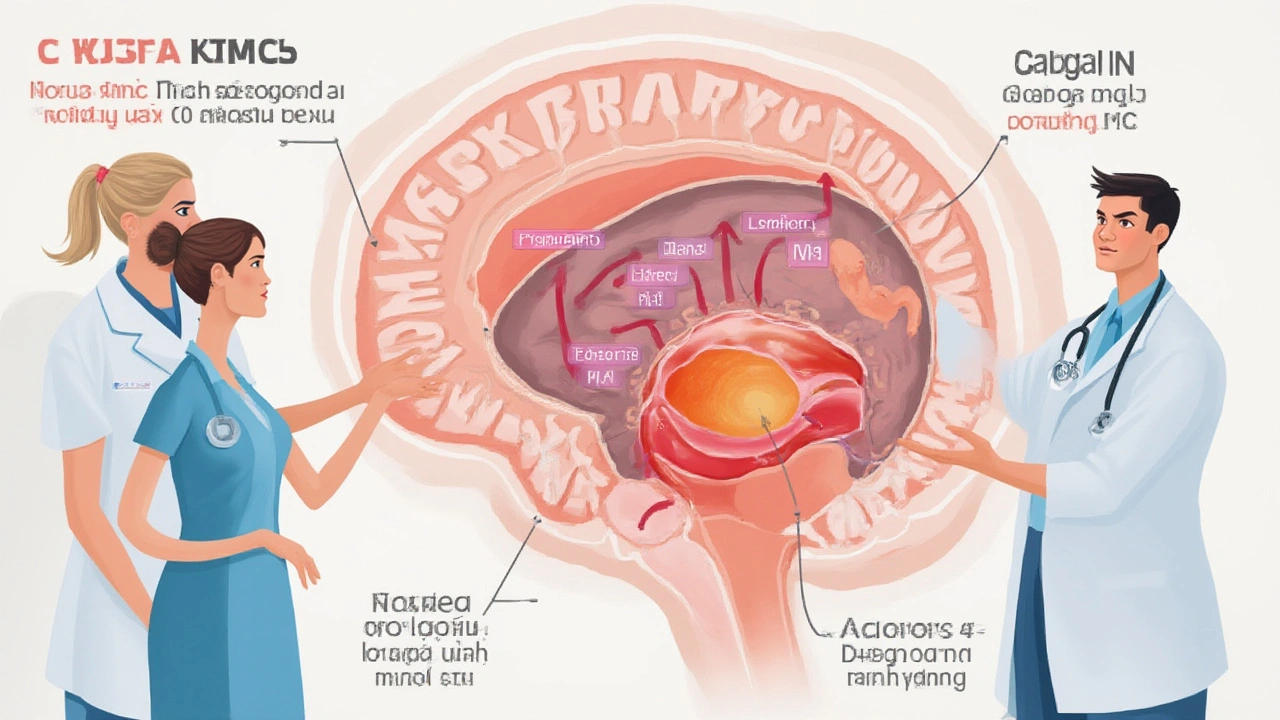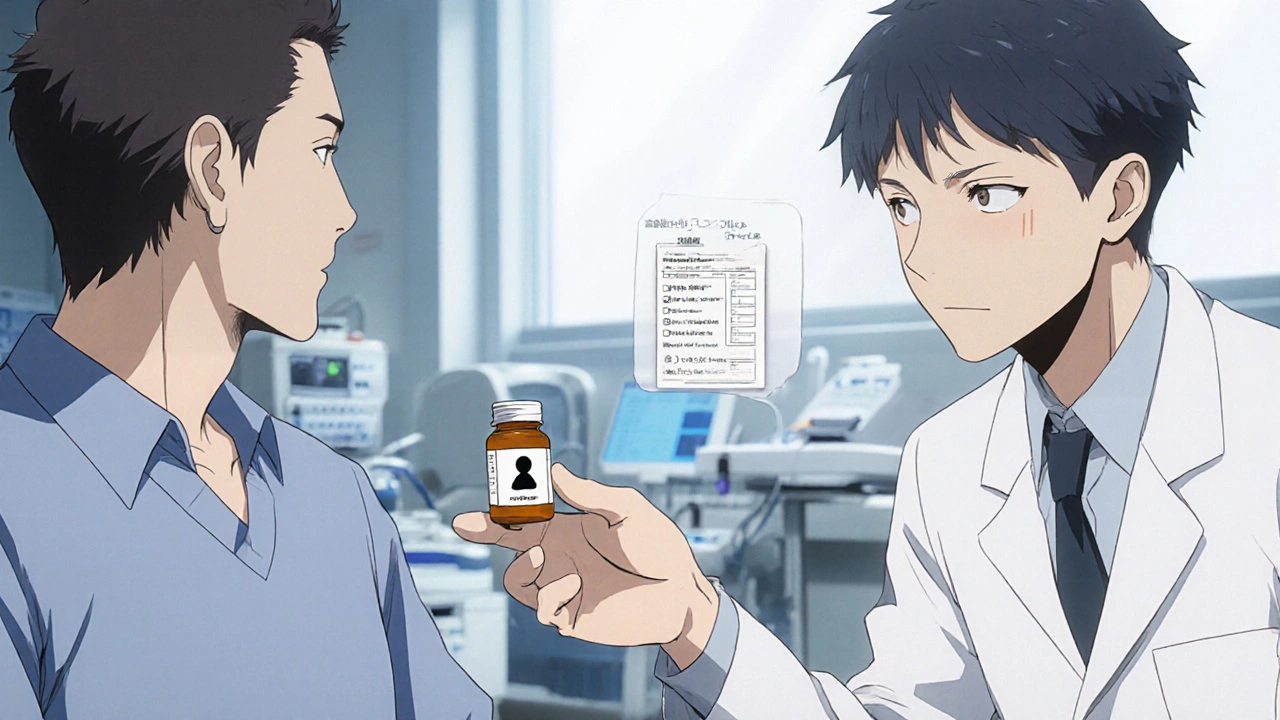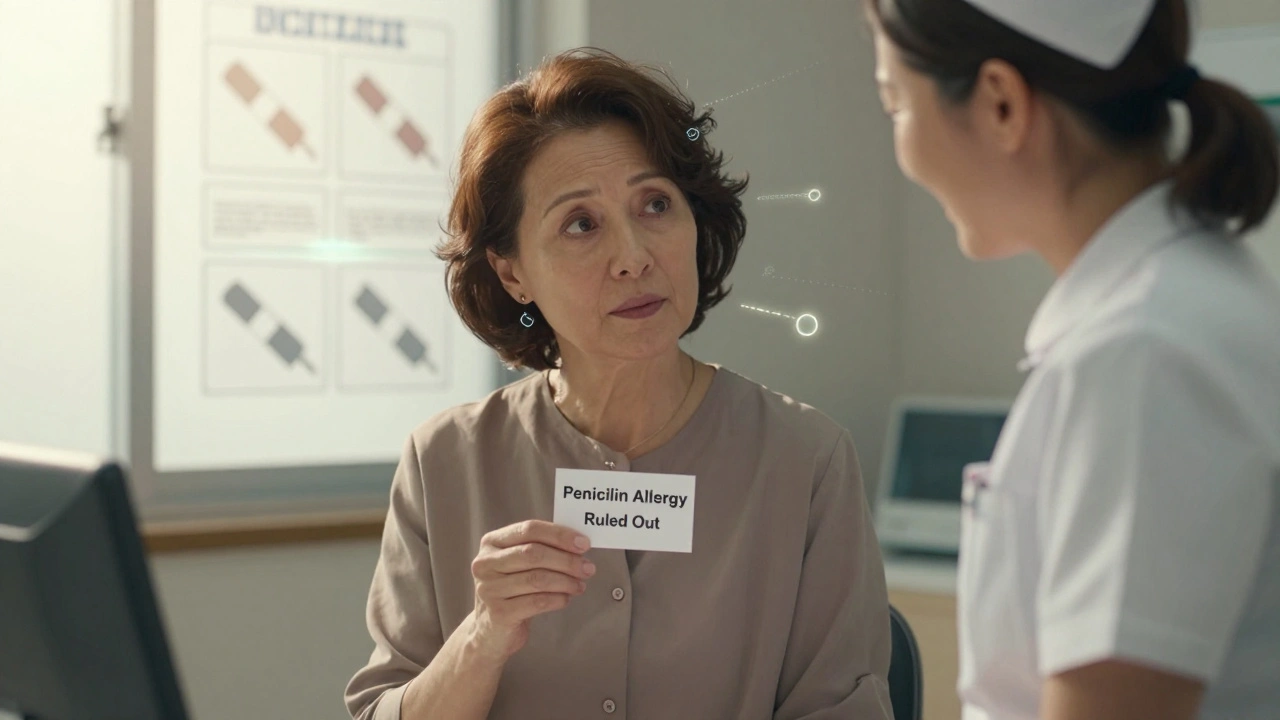Imagine this: you’re tired all the time, your periods are missing, or you can’t shake off nagging headaches. Maybe you’ve even noticed breast milk-like discharge—without being pregnant or breastfeeding. It feels weird and worrisome. When these symptoms hit, something as obscure as your prolactin hormone levels could be behind the scenes. That’s where Cabgolin steps into the picture, quietly rewriting stories for people dealing with hormonal chaos.
What is Cabgolin and Why Is It Prescribed?
Cabgolin doesn’t come up at family picnics, but in an endocrinologist’s office, it’s a superstar. The generic name for Cabgolin is cabergoline. It belongs to a family of medications called dopamine agonists. What does that even mean? Picture dopamine as your brain’s favorite messenger for feeling good. Some folks, though, need dopamine’s push to tell the pituitary gland to chill out and stop over-producing prolactin—the hormone famous for triggering breast milk production.
High prolactin can lead to hyperprolactinemia. Common signs? Irregular or missed periods, infertility, low sex drive, erectile dysfunction in men, and sometimes breast discharge. Doctors often prescribe Cabgolin for adults dealing with this exact hormone hiccup, especially if it’s not caused by thyroid problems or certain prescription drugs. There’s more: tiny benign tumors called prolactinomas, found at the base of your brain, can also crank out excess prolactin. Cabgolin helps shrink them.
Beyond that, cabergoline sometimes heads off on off-label missions. Neurologists might use it (rarely) for symptoms of Parkinson’s when other medications aren’t doing the trick. But for most, it’s that reliable prescription for controlling prolactin, easing symptoms, and putting life gently back on track.
One of the cool medical facts about Cabgolin? It’s remarkably potent–much stronger than older prolactin-lowering drugs like bromocriptine. Patients usually need to take it just once or twice a week. Fewer doses means fewer headaches (the literal kind and the scheduling sort). There are stories from real patients who felt better in as little as two weeks, while others took a few months to see full results.
It’s not a one-size-fits-all scenario. Your doctor will hunt for that sweet spot, adjusting your dosage in the early weeks. Blood tests—don’t you love those?—track how well your prolactin is dropping. Here’s a tip: bring a calendar and jot down when you take your pills and when your symptoms change. Patterns pop up faster than you think.
How Does Cabgolin Work in the Body?
To get what makes Cabgolin tick, you’ll want a peek into how the pituitary gland and dopamine play tug-of-war. Your pituitary sits at the base of your brain and acts like a hormonal traffic cop. Normally, it stays calm, but sometimes it gets overexcited and floods your system with hormones—including prolactin.
Dopamine naturally tells the pituitary, “Hey, pump the brakes.” Cabgolin mimics dopamine, binding to those D2 receptors on pituitary cells. This “imposter” tricks the gland into cutting back on prolactin release. When Cabgolin gets to work, prolactin levels can drop from ten times normal back to baseline.
What makes cabergoline shine? Its effects last longer than many other treatments. With a half-life of about 65 hours, one pill can influence hormone levels for three days or more. Doctors love this because it slashes the headaches and nausea that come with daily dosing of older drugs. Fewer side effects match up to happier, more consistent treatment.
But here’s something not everyone tells you: some people feel queasy, lightheaded, or extra sleepy, especially when starting out. If you’re prone to low blood pressure, stand up slowly after sitting or lying down. One woman likened it to “the room spinning at a theme park” the first day or so. The good news is these symptoms usually disappear after a week or two, once your body gets used to the drug.
Cabgolin is mostly broken down by the liver, which is why doctors are careful if you’ve ever had liver problems. And just to bust a myth: it doesn’t make you lose weight, cure every headache, or fix low moods unless your symptoms really were caused by high prolactin to begin with. So, if you’re reading up and wondering if the drug itself is a quick fix—it isn’t magic, but it works wonders when matched with the right diagnosis.
Let’s check out how effective it is. Below is a simple table with outcomes from recent clinical studies involving Cabgolin for hyperprolactinemia:
| Study/Year | Participants | Success in lowering prolactin (%) | Prolactinoma shrinkage (%) |
|---|---|---|---|
| Delgrange et al., 2022 | 84 | 92 | 80 |
| Verhelst et al., 2023 | 103 | 95 | 73 |
| Kars et al., 2021 | 45 | 88 | 69 |
If you’re curious, yes—Cabgolin shows up as a first-choice drug in most endocrine society guidelines for managing prolactin-related issues. That’s as official as it gets.

Common Side Effects and Managing Risks
If you’re the type who always reads the fine print, you probably want every detail on the “what could go wrong” list. Cabgolin is generally safe, especially at the lower doses used for prolactin problems, but no medication is totally side-effect free.
- Nausea and vomiting: Most folks report queasiness, especially in the first week. Try taking Cabgolin with a snack or just before bed. Ginger candies or herbal tea might help, too.
- Headaches: Usually mild. A glass of water and not skipping meals can sometimes keep these at bay.
- Dizziness or low blood pressure: Take it easy when you stand up. Your doctor will warn you if you’re especially at risk due to other health issues or medications.
- Constipation: Not the most glamorous topic, but fiber and simple hydration work wonders. Prunes do more than your grandma ever boasted.
- Fatigue or drowsiness: Some people want a nap for a few hours after their dose, so timing matters—nighttime is best for most.
- Rare psychiatric effects: For a tiny subset, Cabgolin can increase impulse behaviors like shopping, gambling, or cravings (more common when taken in higher doses for Parkinson’s). If you notice any odd changes in behavior, talk to your doctor ASAP.
There have been rare reports of heart-related side effects (like changes in heart valve structure), but mostly at higher doses (much higher than what’s used for prolactin). For peace of mind, your doctor might order an echocardiogram before starting and sometimes during long-term treatment.
Allergic reactions are also rare, but they can happen. These show up as rash, swelling, or trouble breathing. If you ever get these symptoms, seek help immediately.
Want a tip from real users? Stay consistent. Setting an alarm or adding Cabgolin to your weekly pill organizer makes a huge difference. If you forget a dose, take it when you remember unless it’s almost time for the next one—don’t double up.
If you’re trying to get pregnant, make sure your doctor is totally in-the-loop. Many women need to stop Cabgolin as soon as they see a positive test. There’s reassuring data that accidental exposure early in pregnancy doesn’t raise risks, but being cautious is always smart.
The bottom line: Most side effects fade fast, but keep a log and don’t play through the pain. Your doctor truly wants to know if something feels off—and insights from your daily journal matter more than you might guess.
Real-World Stories, Actionable Tips, and What’s Next for Cabgolin
Nothing spells hope quite like hearing real stories. A young woman in her twenties, after months of confusion and missed periods, was prescribed Cabgolin. Within a month, her cycles returned—and she went on to conceive her first child within the year. There’s also the guy who had been quietly suspicious about his low energy and libido. A checkup, a prolactin test, and a prescription later, his hormone levels stabilized and his energy soared. It’s easy to see why endocrinologists reach for Cabgolin again and again.
So, what helps people stick with treatment? Here are some practical hacks that keep showing up in support groups and doctor’s offices:
- Take Cabgolin on the same days every week, and pair it with an event (like Sunday breakfast or a favorite TV show) so you never forget.
- Keep a simple diary or app log of symptoms, periods, and how you feel.
- Alert your doctor at the first sign of odd side effects. Don’t brave it out in silence!
- If your libido drops or mood dips, bring it up—these may improve as prolactin falls, but can also signal something else.
- If you’re planning family, discuss timing and safe transitions before getting pregnant.
- Stay hydrated and keep your diet fiber-rich—your gut will thank you.
There’s fresh research every year. Newer studies suggest Cabgolin may sometimes even help with cluster headaches, though this isn’t why it’s FDA approved. Scientists are still figuring out if ultra-low doses could help people with mild hormonal issues without big side effects. And doctors keep getting better at personalizing doses, using both blood tests and real symptom tracking, so you don’t get more medicine than you need.
Compared to older drugs, Cabgolin really has changed the quality of life for people with prolactin problems. If you’ve been diagnosed, there are more options—and fewer scary unknowns—than ever. Remember, the right treatment plan matters more than the name of the prescription bottle. If you’re unsure about your symptoms, or you’re overwhelmed by a diagnosis, talking with a good doctor (and sometimes connecting with others online) makes a world of difference. Your journey with Cabgolin might just be the start of feeling like yourself again.








Evelyn Shaller-Auslander
July 16, 2025 AT 10:16Gus Fosarolli
July 17, 2025 AT 01:33John Power
July 18, 2025 AT 13:06Richard Elias
July 18, 2025 AT 15:37Scott McKenzie
July 19, 2025 AT 11:36Jeremy Mattocks
July 21, 2025 AT 06:46Paul Baker
July 21, 2025 AT 08:33Zack Harmon
July 22, 2025 AT 18:01Jeremy S.
July 23, 2025 AT 17:15Jill Ann Hays
July 24, 2025 AT 10:52Mike Rothschild
July 25, 2025 AT 04:25Jim Daly
July 25, 2025 AT 06:03ABHISHEK NAHARIA
July 26, 2025 AT 15:19Hardik Malhan
July 27, 2025 AT 11:54Emily Nesbit
July 27, 2025 AT 13:02Asbury (Ash) Taylor
July 29, 2025 AT 11:08